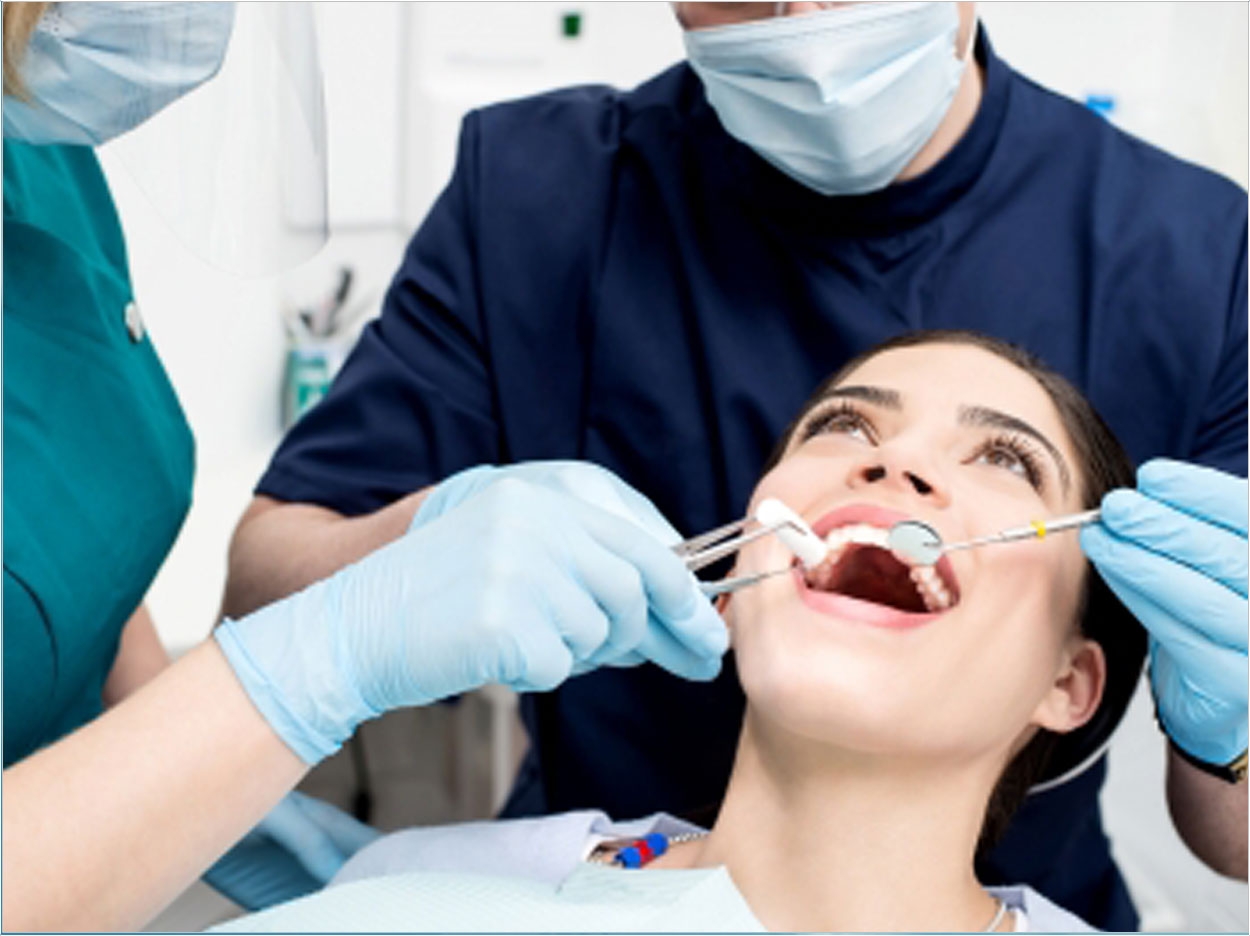
All dentists strive to detect tooth decay and preserve natural tooth substance. But how high is the risk of healthy teeth being erroneously diagnosed as caries?
Scientists at the Charité – Universitätsmediz in Berlin have combined various tooth decay detection methods with a successive form of therapy and analyzed their long-term benefits. The results of their study have been published in the Journal of Dental Research.
Tooth decay in fissures, such as slit-like indentations in the occlusal surfaces of the molars, is often hidden and therefore difficult to detect. So-called visual-tactile inspections using a mirror and probe are frequently insufficient. Radiology examinations and modern methods using laser fluorescence can provide more precise findings. Fluorescence is a light optical phenomenon in which certain materials including tooth substance “light up” following exposure to light of a certain wavelength.
“In terms of real health benefits the selection of a diagnostic method is not only based on the accuracy of the procedure, but also on the subsequently selected form of treatment and risk of tooth decay in the specific patient,” said Privatdozent Dr. Falk Schwendicke of the department of restorative and preventive dentistry of the Charité.
Using a computer model, Schwendicke and his research team compared three different detection and treatment methods in patients with low and high caries rates and then analyzed their long-term effects. The scientists demonstrated that the risk of a misdiagnosis is high in association with the use of radiological examinations or light optical methods based on laser fluorescence. This applies especially to persons with low caries risk.
Regardless of the employed detection method, the subsequently selected treatment method has a greater impact on any potential health benefits. The constant use of invasive measures results in fewer teeth being retained. It also is more costly than treating the affected areas with fluoride varnish or tooth decay sealant.
“The combination of visual-tactile inspection or radiology examination with a dental sealant has the highest possibility of being effective,” said Schwendicke. These study results suggest that any method employed to diagnose tooth decay should be assessed not only in terms of its accuracy, but also regarding its related long-term benefits.












